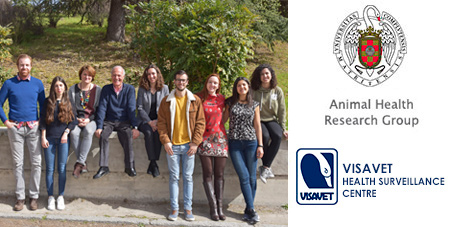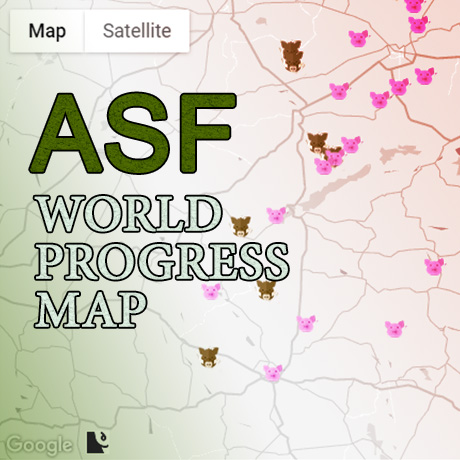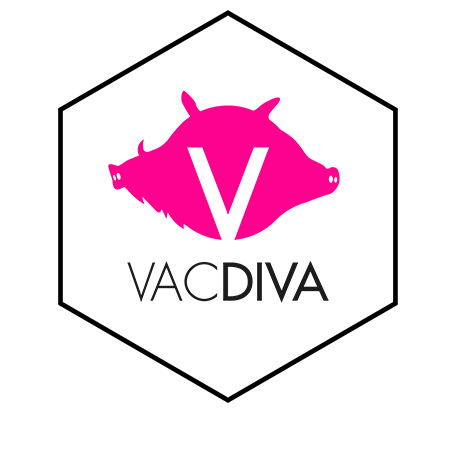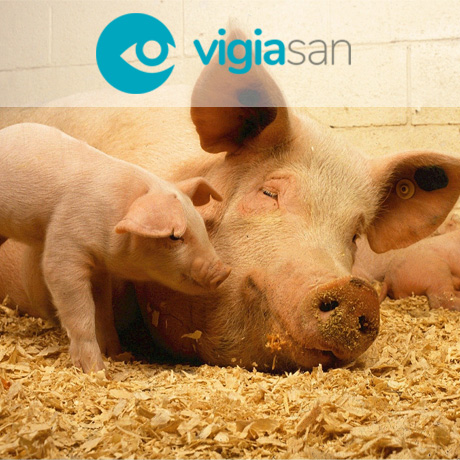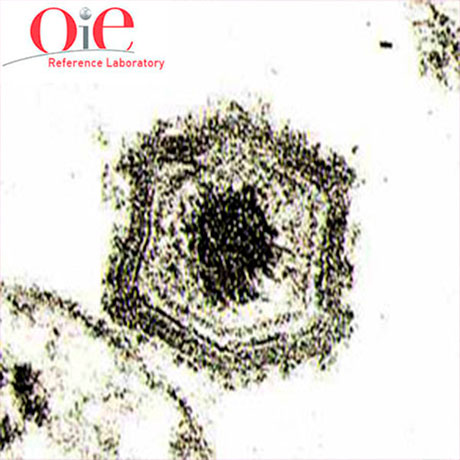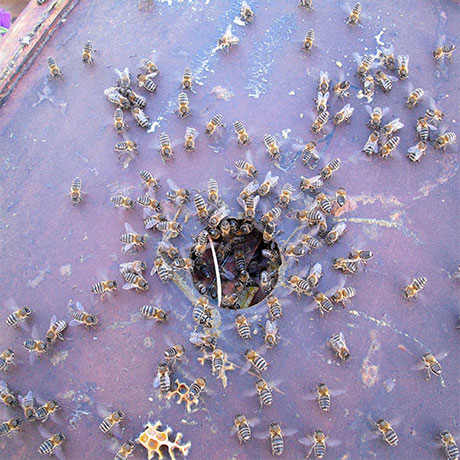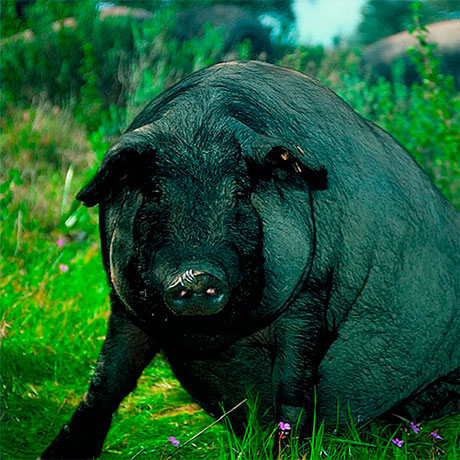Countries with AHS free status
 African Horse Sickness (AHS) has been included in the list of diseases eligible for Official recognition of disease status by the World Organisation for Animal Health (OIE).At the 80th General Session of the Assembly of OIE Delegates (20-25 May 2012) has approved the inclusion of the AHS in the procedure for the official recognition of disease status. The official recognition by the OIE of the AHS free status of Member Countries is of great importance to international trade, improving transparency in terms of animal health. In addition, this recognition is one of the most important legal links between the OIE and World Trade Organization (WTO).
African Horse Sickness (AHS) has been included in the list of diseases eligible for Official recognition of disease status by the World Organisation for Animal Health (OIE).At the 80th General Session of the Assembly of OIE Delegates (20-25 May 2012) has approved the inclusion of the AHS in the procedure for the official recognition of disease status. The official recognition by the OIE of the AHS free status of Member Countries is of great importance to international trade, improving transparency in terms of animal health. In addition, this recognition is one of the most important legal links between the OIE and World Trade Organization (WTO).
The procedures for granting or modify the official status of a country are handled in an objective and transparent manner, in accordance with Standard Operating Procedure of the OIE.
More information about the procedures
Alumudena Sánchez Matamoros & José Manuel Sánchez-Vizcaíno
SUAT-UCM
Section of African Horse Sickness (AHS)
Current status of the Schmallenberg disease
11/5/2012
 The infection with the Schmallenberg virus (SBV)continues its spread in Europe. From the description of the first cases of congenital malformations (mainly by the arthrogryposis-hydranencephaly syndrome) in December 2011, more than 3,200 farms have declared outbreaks of SBV infection in eight EU countries: Germany, The Netherlands, Belgium, UK, France, Luxembourg, Italy and Spain. However, according to official sources in each country, we know that there are almost 4,000 affected farms in just 6 months (Figure 1).
The infection with the Schmallenberg virus (SBV)continues its spread in Europe. From the description of the first cases of congenital malformations (mainly by the arthrogryposis-hydranencephaly syndrome) in December 2011, more than 3,200 farms have declared outbreaks of SBV infection in eight EU countries: Germany, The Netherlands, Belgium, UK, France, Luxembourg, Italy and Spain. However, according to official sources in each country, we know that there are almost 4,000 affected farms in just 6 months (Figure 1).
Fig. 1 (click to enlarge): Number of outbreaks of Schmallenberg in the eight EU countries affected to 11 May 2012. Data are shown notifications agencies of each country against the official statements of the OIE.
Of the total number of affected animals, sheep are the most affected (80.1%), followed by cattle (17.2%). Infection in goats seems to have been milder than in the other two species. As for the case of cattle, it is likely that outbreaks continue to appear until June 2012, transmission of the virus by the vectors occurred even until January of this year.
This situation is feasible given the uncommon weather conditions during the fall and winter of 2011, making possible the survival of the vectors until very late months. In turn, we must bear in mind that the drop of outbreaks in cattle may coincide with the start of the second wave of outbreaks, since there will be a sufficient number of vectors to start the transmission. Up to now we do not know the consequences of this second epidemic wave, but everything indicates that this disease is much milder than other vector-borne diseases, such as bluetongue.
Víctor Rodríguez Prieto & José Manuel Sánchez-Vizcaíno
SUAT-UCM
New emerging diseases sections
 We release two new sections about emerging diseases: Bluetongue and African Horse Sickness. Adding to those dedicated to West Nile, the African Swine Fever and the Schmallenberg virus. Also will be updated periodically.
We release two new sections about emerging diseases: Bluetongue and African Horse Sickness. Adding to those dedicated to West Nile, the African Swine Fever and the Schmallenberg virus. Also will be updated periodically.
SBV: Trade restrictions
Enforced trade restrictions to countries affected by the Schmallenberg virus
18/4/2012
So far, there have been more than 1,800 outbreaks of Schmallenberg disease (SBD) in eight EU countries. However, it is estimated that the number of outbreaks exceed 2,700 at the end of March. Following this increase, seventeen Third Countries have closed their borders to exports of ruminant products from countries affected by the EU (previous communication about restrictions). The list of these countries include the United States, Canada, Mexico, Peru, Argentina, Brazil, Algeria, Morocco, Egypt, Lebanon, Jordan, Ukraine, Bosnia-Herzegovina, Belarus, Kazakhstan, India and Japan (Figure 1). Most of these countries have imposed restrictions on genetic material from ruminants or are demanding the provision of certificates with live animals to ensure they are free of virus. Undoubtedly, the most conservative country is Russia, which has closed its borders to all genetic material and live pigs and ruminants of any EU country since March 20th. The European Commission has opened negotiations with the neighboring country, as it is believed that these measures are excessive and outside scientific evidence. In fact, there is no reported case of SBD in pigs, so it seems obvious that this sector should not be affected by the closure of borders. The Spanish Ministry of Agriculture, Food and Environment (MAGRAMA) works in cooperation with the EU affected countries to minimize the economic impact that these restrictive measures may cause.

Fig. 1. Countries that are imposing trade restrictions on products from the EU countries affected by the Schmallenberg disease
All the information about Schmallenberg Virus is available at Emerging diseases online
Víctor Rodríguez Prieto & José Manuel Sánchez-Vizcaíno
SUAT-UCM
Schmallenberg in human
 Extremely low risk for human infection with the Schmallenberg virus.
Extremely low risk for human infection with the Schmallenberg virus.
So far there have been no reported cases of infection with Schmallenberg virus (SBV) in humans. Since the start of the outbreaks, many researchers had already suggested that the zoonotic potential of this new virus was low. The reasons to support this idea are based on the similarity of the SBV with Simbu serogroup viruses. Up to date, there has been no human infection by any of the three most homologous viruses (Akabane, Aino and Shamonda). However, it is known that at least two members of this serogroup, Oropouche and Iquitos viruses, do affect humans. In addition, the SBV is proving to have epidemiological, clinical and genetic peculiarities, not previously described. Therefore, the German Robert Koch Institute (RKI) has conducted a survey in 60 sheep and cattle owners in the estate of North Rhine-Westphalia, in order to understand the involvement of humans in the epidemiological cycle. Antibodies have not been found in any of these samples. In addition, samples of some farmers who had nonspecific symptoms (such as fever or headaches) were analyzed by RT-PCR (in case it was a recent infection) yielding negative results.
Although further investigations are needed, these results are quite encouraging. Given that these farmers have been highly exposed to the virus for several weeks (since they come from an area with a very high rate of infected animals) these findings suggest that the risk of human infection with the SBV is extremely low.
All the information about Schmallenberg Virus is available at Emerging diseases online
Víctor Rodríguez Prieto & José Manuel Sánchez-Vizcaíno
SUAT-UC
African swine fever - Recognizing the disease in field
 Not long ago we warned of the current risk posed by African swine fever (ASF) for the European Union (EU) and that the main measure we must take to prevent entry is to be forewarned and informed. To this end we have prepared the following summary which we hope will clarify some practical concepts about ASF, how to recognize it and what actions to take when in the field.
Not long ago we warned of the current risk posed by African swine fever (ASF) for the European Union (EU) and that the main measure we must take to prevent entry is to be forewarned and informed. To this end we have prepared the following summary which we hope will clarify some practical concepts about ASF, how to recognize it and what actions to take when in the field.
Lina Mur Gil & José Manuel Sánchez-Vizcaíno write this outreach article for pig333.com.
Link: African swine fever - Recognizing the disease in field pig333.com



